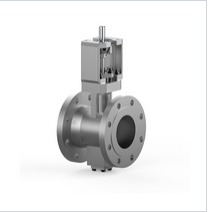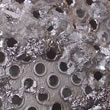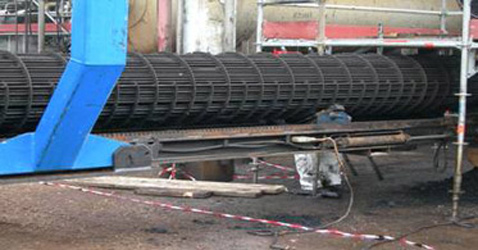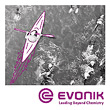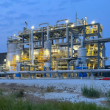Question
-
Under what conditions do you see opportunities with the upgradation of distressed refinery products (such as vacuum resid) to higher value outlets? Are these opportunities primarily outside the fuels market?
Feb-2023
Answers
-
Marcio Wagner da Silva, Petrobras, marciows@petrobras.com.br
I believe that the response relies on the market that the refiner is inserted and the crude oil blend which is processed by the refinery. In developing economies still present high demand by transportation fuels like gasoline and diesel and, for these players can be attractive adopt refining routes based on residue upgrading technologies with less capital spending like the combination of delayed coking and hydrotreating to maximize the diesel and gasoline production ensuring high added value to the bottom barrel streams.
Refiners processing low sulphur crudes can still produce low sulfur fuel oil or Bunker (VLSFO) in compliance with IMO 2020 with just dilution of atmospheric residue once this derivative presents high demand due to the environmental regulations in ECA (Environmental Control Areas), but this can be economically attractive just for refiners processing crude blending capable to produce an atmospheric residue with maximum sulphur content close to 0,5 % wt.
Considering the recent forecasts, the developing economies are facing deep changes in the downstream market with growing demand by petrochemicals and hostile scenario for fossil fuels, for these markets closer integration between refining and petrochemical assets is the trend and this is strictly related with the capacity to add value to the bottom barrel streams. In these markets can be attractive the capital investments in deep residue upgrading technologies like hydrocracking and his synergies with FCC units.
Another attractive alternative is the lubricant market once these derivatives present growing demand and high added value, again it's necessary to consider an adequate refining hardware once the Group I lubricants present in contraction market. Refiners which intend to be competitive in the lubricant market need to make capital investments in hydrocracking units capable of producing Group II and III base oils.
Feb-2023
-
Mel Larson, Becht, mlarson@becht.com
There is not much pure vac residua in the market. It is more likely a blended high-sulphur fuel oil (HSFO), which has diesel to blend the API. The opportunity is to fill delayed coking capacity with HSFO while optimising other conventional oils. The market differential between very low sulphur fuel oil (VLSFO) and HSFO is between 200 to 300 $/mt or (30 to 40 $/bbl), thus if there is sulphur/hydrogen plant capacity, processing HSFO could be a very attractive opportunity.
Feb-2023
-
Ricky Hsu, International Innotech, ricky_hsu@msn.com
A supercritical solvent extraction process combining an anti-solvent with multicomponent phase equilibria is successfully used to separate oil and asphaltenes in vacuum resid commercially. The supercritical or near-critical solvent used in the process exhibits key favourable characteristics for separating asphaltenes from residue:
- Unique solvent behaviour, vapour density, and diffusivity, which enhance asphalt phase separation.Facilitated turbulent mixing of petroleum feedstock and solvent, which enhances mass transfer. (Refer to: Chung, W., et al, Asphaltene removal technology produces novel cement waterproofing additive, Hydrocarbon Processing, Sep 2021).
Upon removal of the asphaltene portion, the process produces a high yield of deasphalted, decontaminated, and decarbonised oil suitable for conventional packed-bed hydroprocessing. The novelty of the proprietary process is its unique ability to produce solid, easy-to-handle, virgin, granular asphaltenes, which can be applied to a variety of new uses and allow for the further diversification of the petroleum sector. The utilisation of asphaltenes in non-combustible ways will be critical for the long-term viability of the green petroleum sector and provides an immediate opportunity for achieving a 10-20% carbon emissions reduction from the status quo.
A hydrophobic CMC through the incorporation of 0.2 wt% asphaltenes into Taiwan cement Type 1 with standard sand and water (‘asphalted mortar’) was successfully demonstrated. The advantage of the hydrophobic CMC is that the cement, and by extension the concrete, becomes inherently water-resistant. Furthermore, inherently the water-resistant CMC is mould-preventative. Properties of the newly formulated asphalted mortar complied with CNS 3763-2009 requirements, indicating that asphaltenes are appropriate cement waterproofing agents.
Feb-2023








